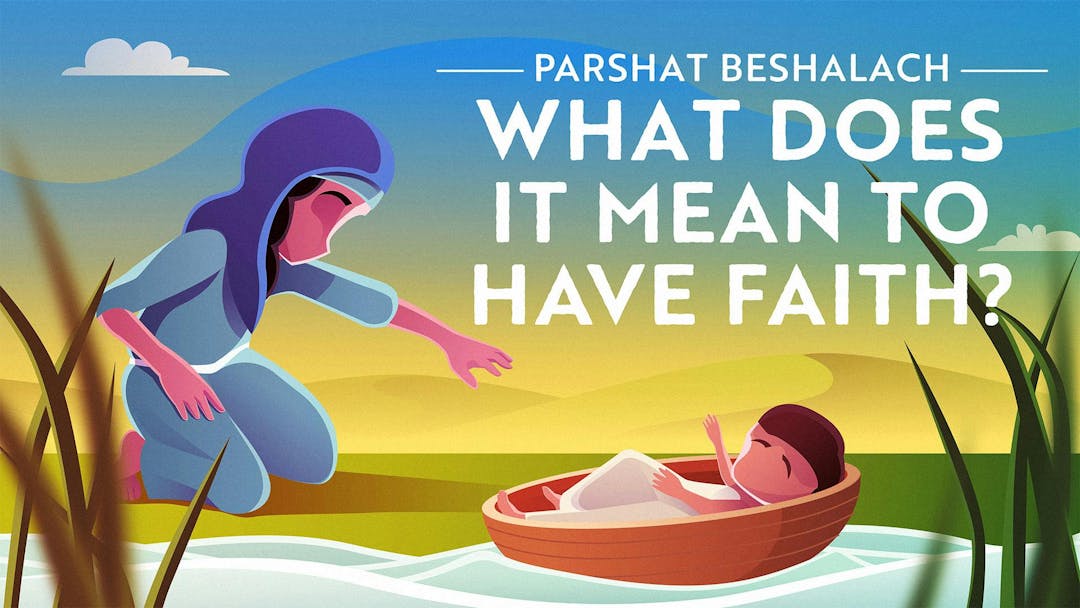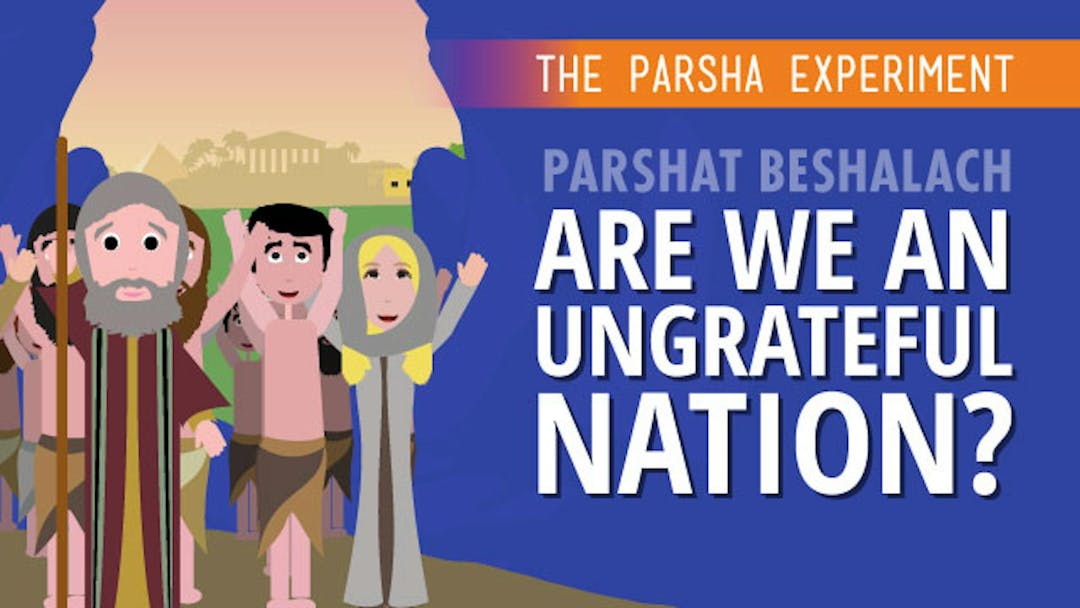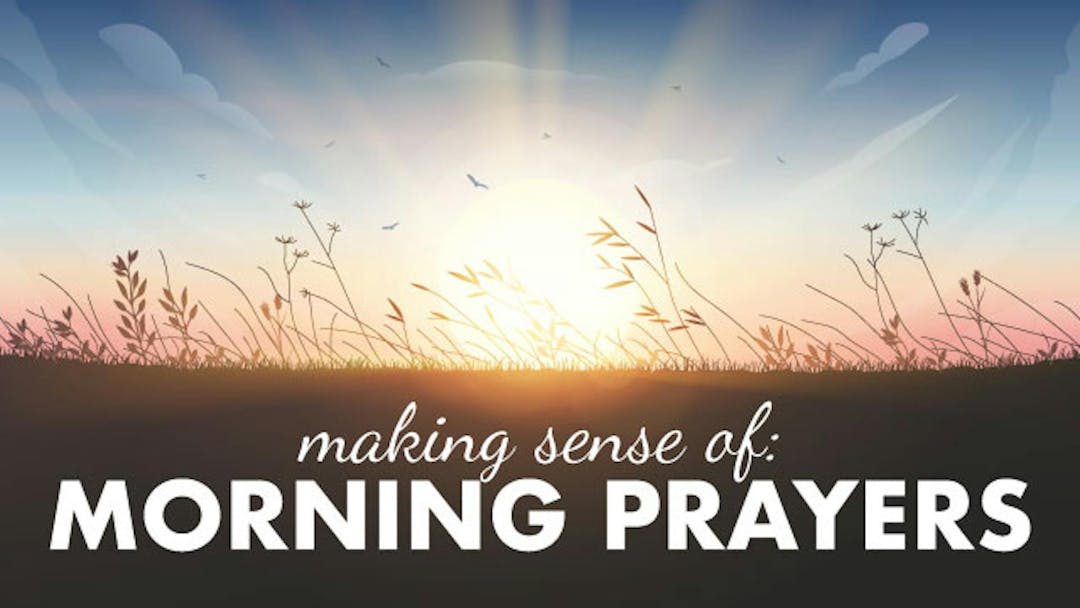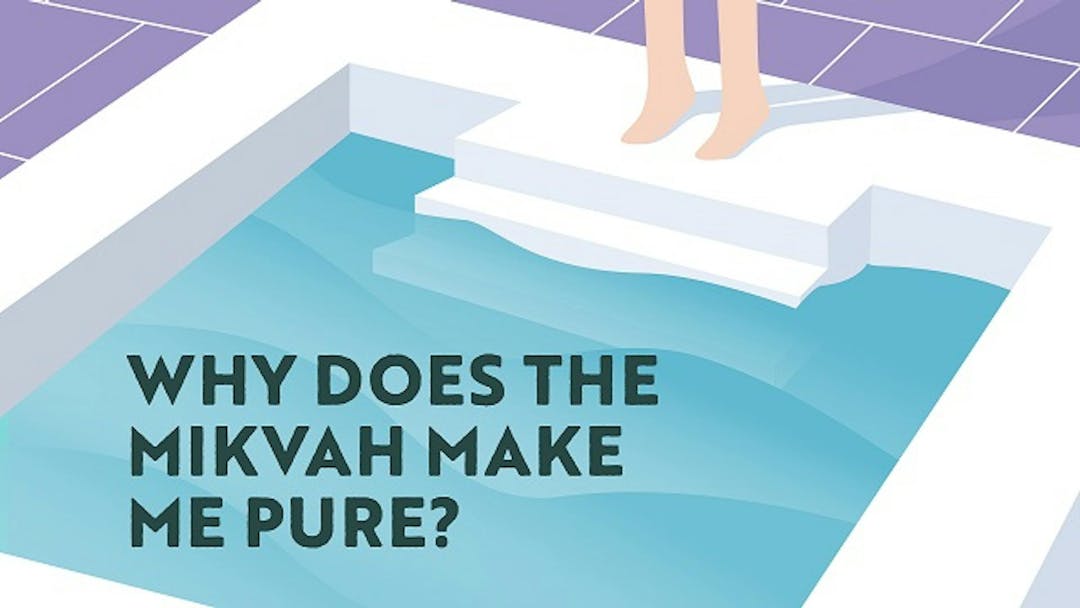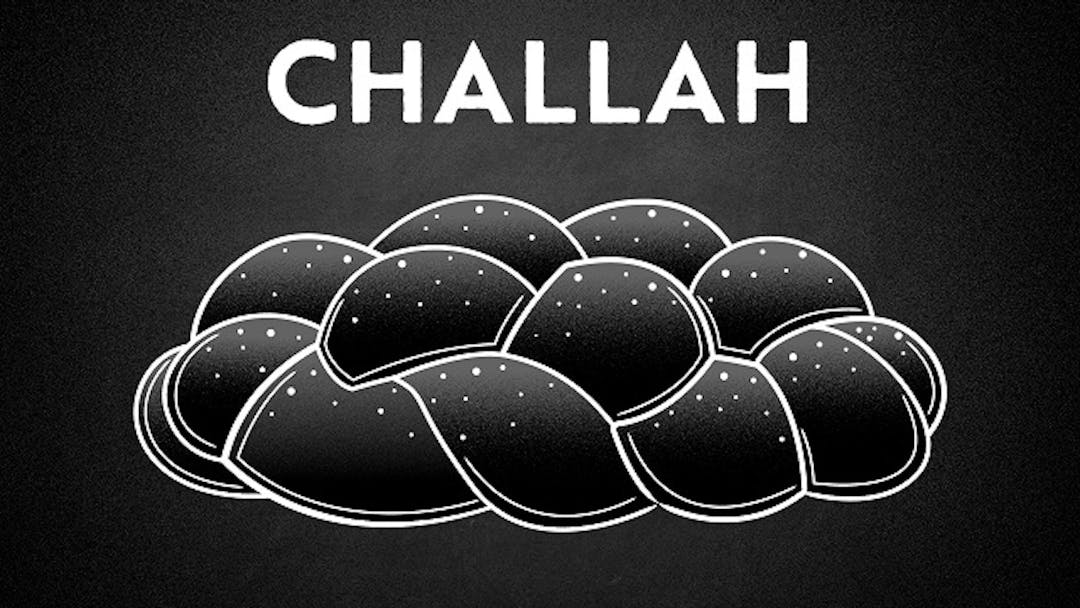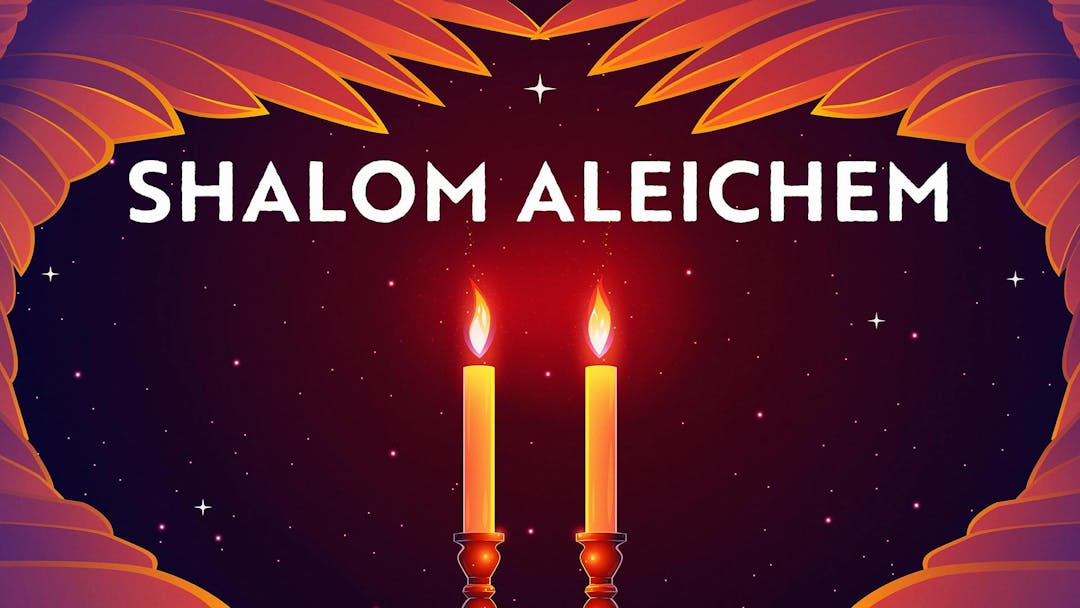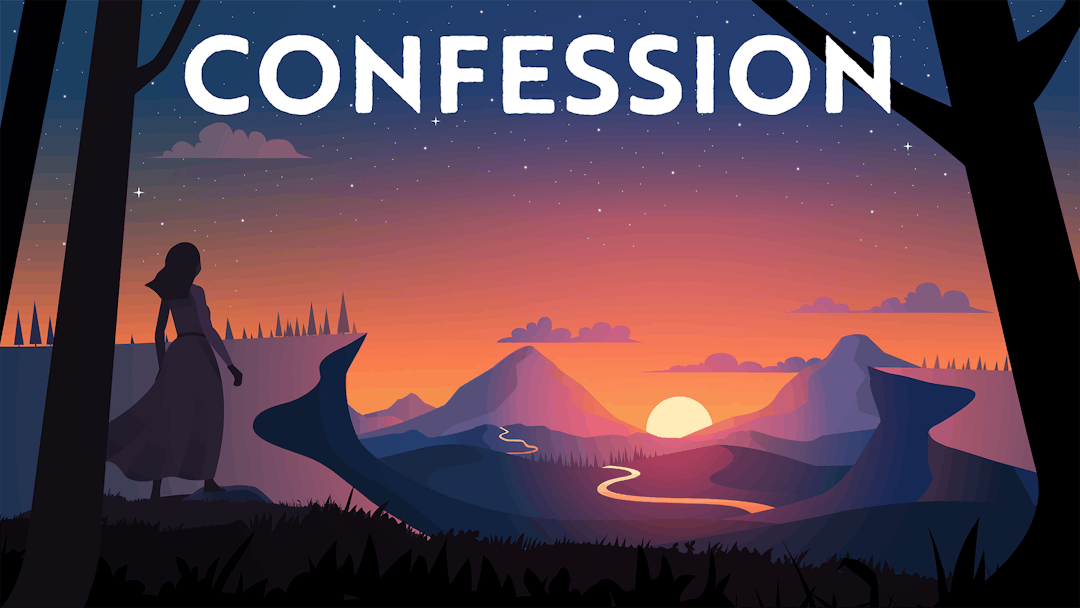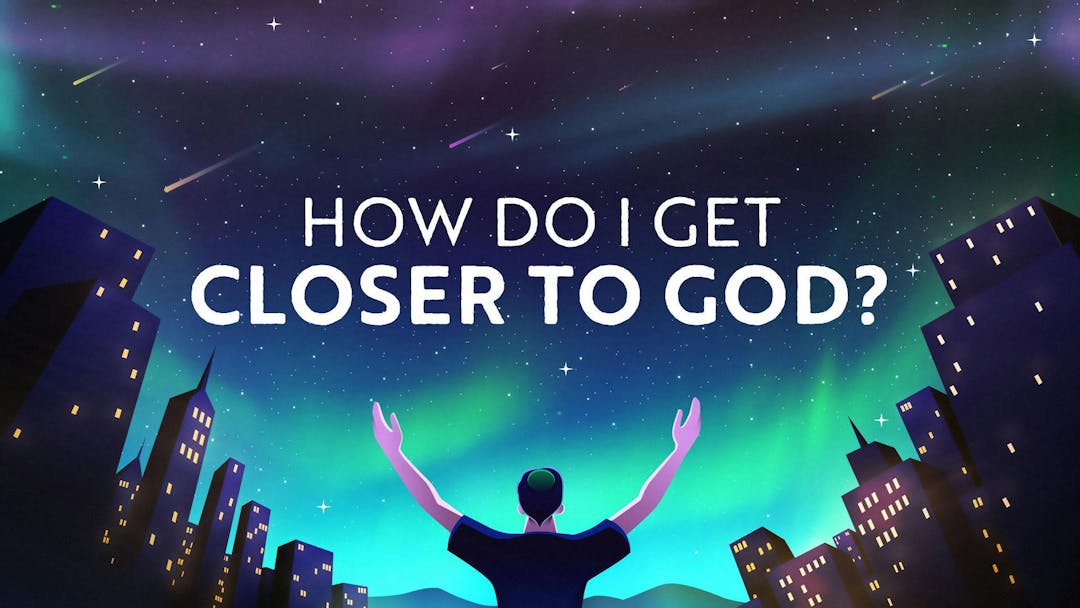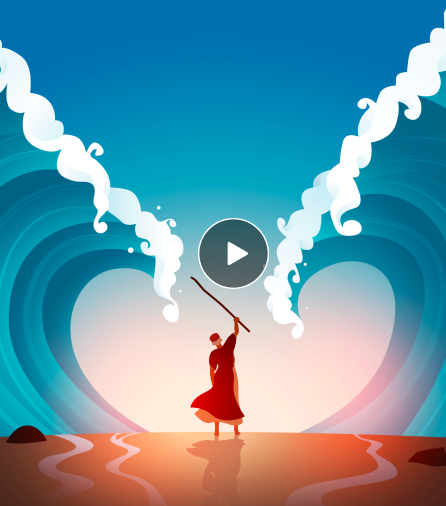Start your free trial today to unlock the full library and enjoy unlimited and uninterrupted access.
Get StartedCrossing the Red Sea: Lessons, Symbolism & Meaning (Part 1 of 2)
Were there really fruit trees when the Sea split?
Rabbi Fohrman introduces us to a very strange Midrash about the crossing of the Red Sea, which tells us that as the nation of Israel walked through to freedom, there were fruit trees surrounding them. Are we meant to understand this literally? Clearly this idea is meant to deepen our understanding of the meaning of Moses splitting the sea but how?
In this video, Rabbi Fohrman explains that a parallel story, early in Genesis, is a clue to understanding this Midrash. Through this analysis, he uncovers a deeper spiritual meaning behind the crossing of the Red Sea.
Discover other great videos at Aleph Beta, including ‘The Seder Meal Explained’, ‘The Fast Of The Firstborn’, and ‘What Does Dayenu Mean?’
Want to watch the full video for free?
Enter your email and we’ll send you a link to watch the full series free.
What is Aleph Beta?
Aleph Beta is a unique kind of Torah library. Led by our founder, Rabbi David Fohrman, we are dedicated to high-level, textual Torah learning for adults that is intellectually and spiritually sophisticated, that enlivens your Jewish practice and helps you forge a deeper connection to God. Whether you’ve been learning in yeshiva for years or you’re just beginning your Torah journey, you’re sure to find something meaningful and surprising waiting for you here.
Browse our library of over 1,000 beautifully produced animated videos, podcasts, deep dive courses, and printable guides. Topics include the weekly parsha, Jewish holidays & fast days, laws & mitzvot, prayers, relationships, big philosophical ideas and more. Have something to say at the Shabbos table that will amaze your family and guests and bring deep meaning into their lives.
